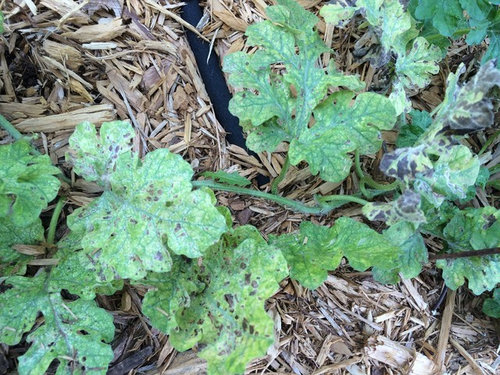Watermelon Woes for a newbie
backyardmomma
9 years ago
Related Stories

HOUSEKEEPINGThe Quick and Easy Way to Clean a Microwave
All you need is water and a couple of other natural ingredients to get your appliance sparkling and smelling fresh again
Full Story
FARM YOUR YARDHow to Build a Raised Bed for Your Veggies and Plants
Whether you’re farming your parking strip or beautifying your backyard, a planting box you make yourself can come in mighty handy
Full Story






slowpoke_gardener
Okiedawn OK Zone 7
Related Professionals
Havre de Grace Landscape Architects & Landscape Designers · Horsham Landscape Architects & Landscape Designers · Sand Springs Landscape Architects & Landscape Designers · Summit Landscape Architects & Landscape Designers · Roxbury Crossing Landscape Architects & Landscape Designers · Alamo Landscape Contractors · Broadlands Landscape Contractors · Gainesville Landscape Contractors · Goodlettsville Landscape Contractors · Parkland Landscape Contractors · Riverhead Landscape Contractors · Tuscaloosa Landscape Contractors · Haddonfield Decks, Patios & Outdoor Enclosures · Palm Beach Gardens Decks, Patios & Outdoor Enclosures · Rogers Decks, Patios & Outdoor Enclosuresslowpoke_gardener
backyardmommaOriginal Author
chickencoupe
hippybkc
chickencoupe
Okiedawn OK Zone 7
AmyinOwasso/zone 6b
chickencoupe
AmyinOwasso/zone 6b
chickencoupe
slowpoke_gardener